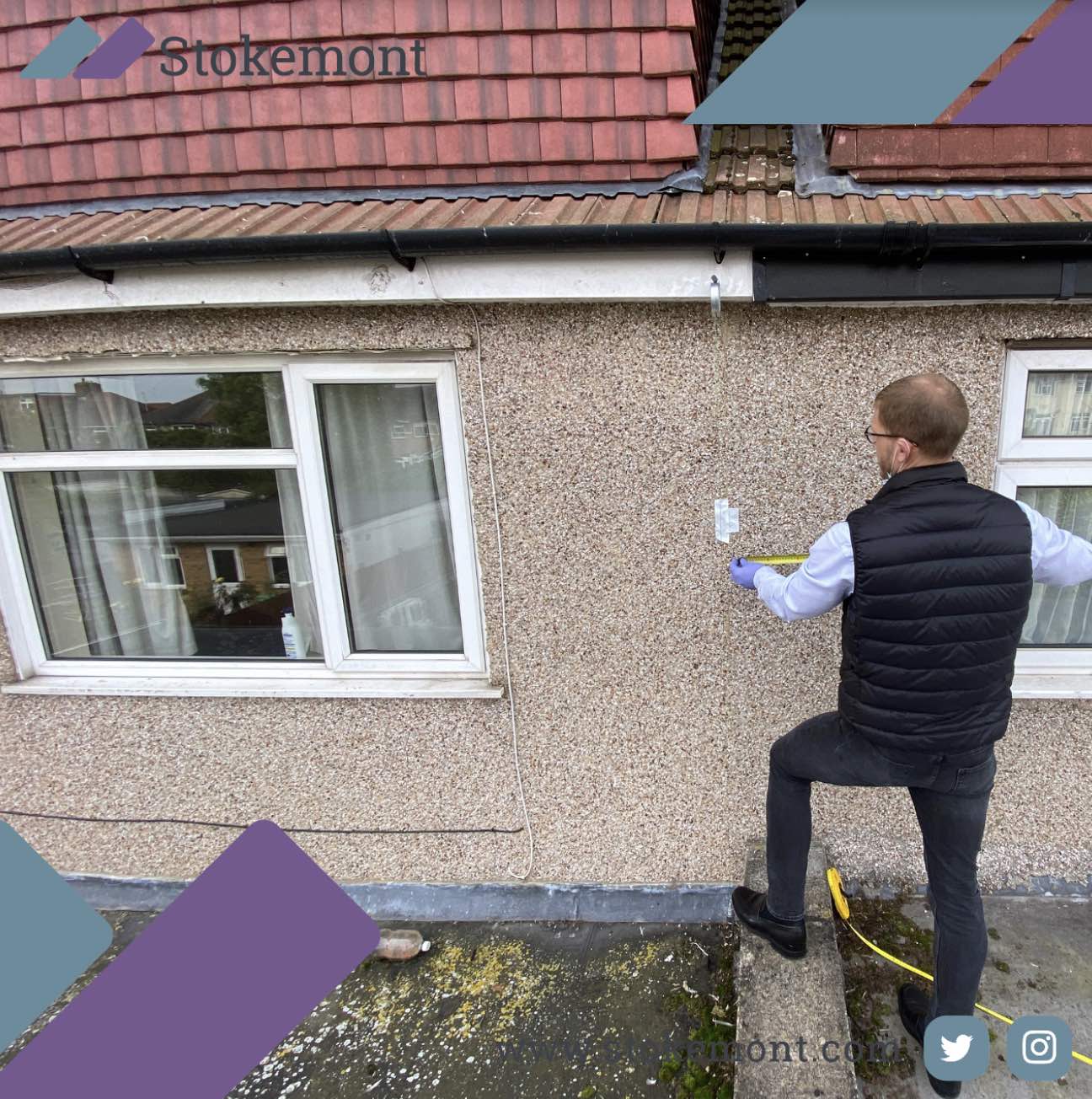Thank you for clicking on today’s Property Surveying Blog. In today’s edition of our blog post we are going to be looking at the basics of Adverse Possession.
At Stokemont, we undertake numerous Boundary Surveying inspections each and every week, come rain or shine! During these inspections and determinations, we’re often confronted with historic and long standing projections, trespasses and boundary adjustments.
In many cases, these are clear to our Boundary Surveyors, easy to identify and easy to locate during our historic desktop research. However, that doesn’t necessarily mean it’s easy to address and remove!
Adverse Possession is a legal matter and one that is outside the scope and role of Boundary Surveyors.
Furthermore, for a claim of Adverse Possession to be successful, a number of carefully considered variables and factors not only need to be in place, they need to proven.
In an effort to briefly touch on this and set out the context to which Adverse Possession can apply, our basic advice here at Stokemont is as follows;
The Land Registration Act 2002 created a new protocol that came into play in respect of registered land.
As per Schedule 6 of the Land Registration Act 2002, the procedures for the registered proprietor of the land to prevent an application for Adverse Possession are now significantly more complicated.
Adverse Possession Timings
The all important duration of time of possession is 10 years.
Squatter
For the purpose of clarity, the person making the application will be referred to as the squatter.
Registered Proprietor
The person who is currently in legal ownership of the land will be referred to as the registered proprietor.
Adverse Possession Application
Once the squatter has been in possession of the land for that period of time, they will be entitled to pursue the land via Adverse Possession. If successful in their claim, becoming registered as proprietor of the land in place of the current and existing registered proprietor.
However, on such an application being made by the squatter. The registered proprietor of the land (as per Land Registry Title records) will be notified of the squatter’s claim and at that stage, given the opportunity to oppose it.
Application Opposed:
Upon the registered proprietor opposing the squatter’s application, it will be rejected.
However, this rejection is not conclusive and in the following scenarios there may still be grounds for the squatter to gain Adverse Possession of registered proprietor’s land that forms part of their legal title and plan.
These scenarios are as follows:
- The squatter has built on the registered proprietor’s land upon the mistaken understanding that they were the owner of it. Furthermore, the registered proprietor was aware of this and hadn’t corrected their mistake.
- The squatter is legally entitled to the land, via and under the will or testament of the registered proprietor (who would now be deceased).
- The squatter has been in adverse possession of the land in question, insofar that it is adjacent to their own land, under the mistaken understanding that they were the owner of it. Common examples of this are boundaries set out in incorrect positions.
These are highly specific and as such we would advise specialist legal advice is taken in this regard, irrespective of whether you are the squatter, or the registered proprietor!
It is also worth noting, the application being opposed by the registered proprietor may not always be conclusion to the squatter’s claim for adverse possession of the land in question.
So long as the squatter remains in possession of land in question that forms part of the title of the registered proprietor’s property. With that possession being demonstrated for a further 2 years, from a legal perspective the squatter will then gain the right to submit a fresh application in an effort to become the registered proprietor of the land in question overriding and in place of the existing registered proprietor.
Importantly, on this occasion, so long as the squatter can sufficiently demonstrate possession of land in question, the squatter’s application for adverse possession will be successful irrespective of any opposition by the registered proprietor.
Application Not Opposed:
If the squatter’s application for adverse possession of the land in question is not opposed by the registered proprietor. The squatter will then gain legal possession, becoming registered proprietor in place of existing registered proprietor.
As set out above, Adverse Possession is not straightforward, it hinges off multiple factors and requires documented evidence and proof. This proof needs to be carefully planned and precisely carried through.
We would therefore advise that specialist advice is taken in this regard, the smallest of mistakes could result in the squatter’s application for adverse possession of the land in question being successful, dispossessing the registered proprietor of their land!
If you would like to discuss your Boundary Surveying matter with our team of experienced and qualified RICS Surveyor and Measurers, give us a call today and we will be more than happy to assist and advise you.




